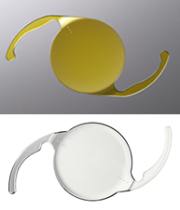In the initial stages of the development of a person, all that a person learns is associated with what you see. An ophthalmologist would suggest an eye exam at least once in a few years for kids under the age of six. Sadly, just like many suggestions, this advice goes unnoticed. Regular checkups by the family doctor may be the rule, but the value of visiting an eye care specialist should never be underestimated.
Understanding disabilities

Many kids have learning disabilities due to dyslexia or ADHD. At least 33% of these are diagnosed with visual impairments. One reason for this is that kids with ADHD and the ones with visibility issues frequently display same type of behaviour. Another reason is some of the preschoolers go through visual screenings that in turn might lead to revocation of these learning disorders.
Chronic problems
Sight issues in kids may be a serious issue that only impacts their ability to learn. Other types of visual impairments may impede the depth of a perception of the kid, leading to inferior eye coordination or a physical deficiency. Muscular imbalances in the eye may create conditions that might commonly be known as lazy eye or cross eyed. In this kind of situation, you should visit an eye specialist.
Commencing a routine
Kids are not only vulnerable to macular degeneration. Taking them to an eye physician will set up a routine at an early age. For those who have same type of conditions continuing from childhood, returning to the medical amenity could relieve them from their diseases. Eye related situations can develop at any age of life and may sometimes go unnoticed. That is why it is vital to commence a routine in the initial stage. Regular visit to a specialized eye doctor are important to address problems that can impact the development of a kid.







